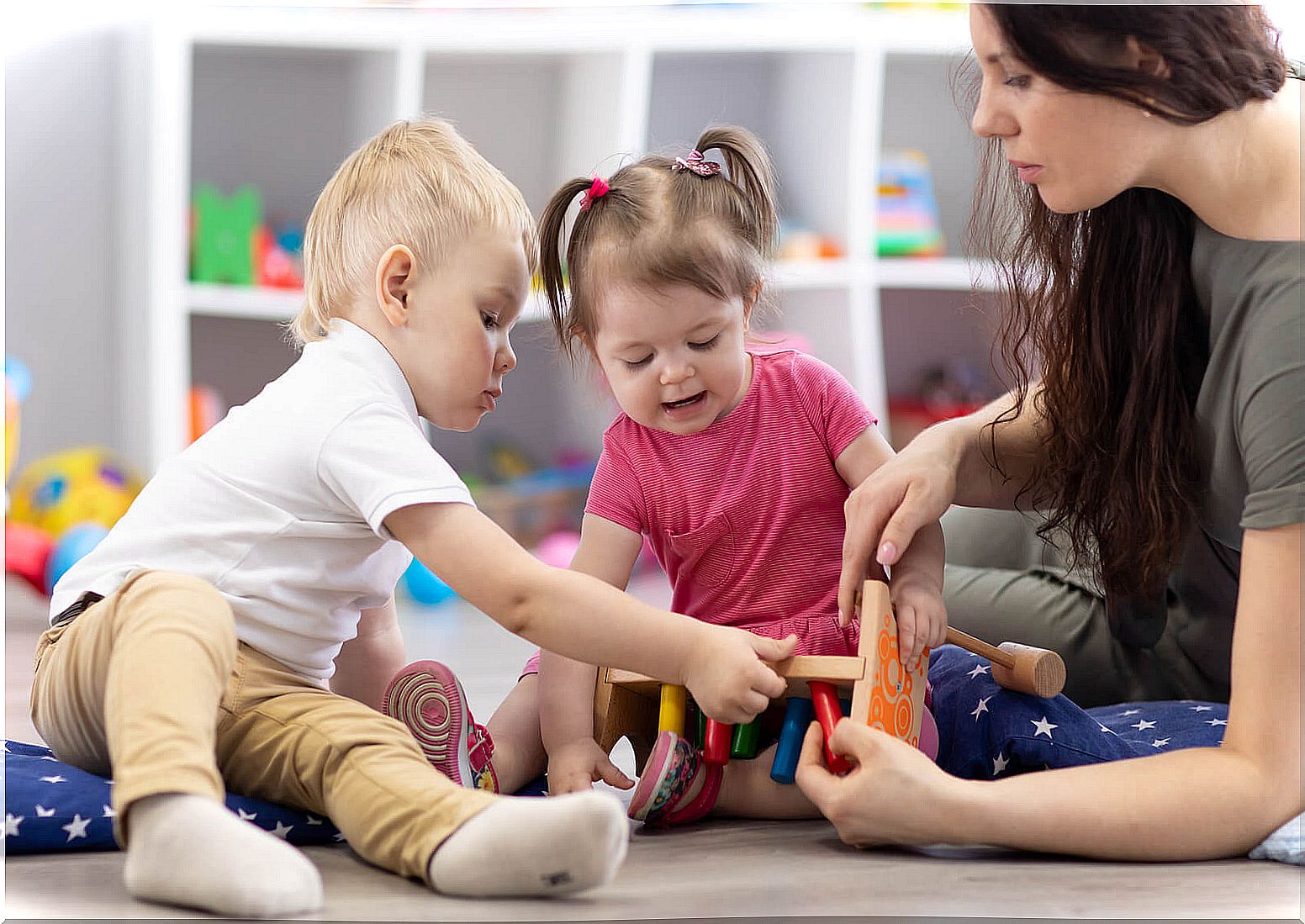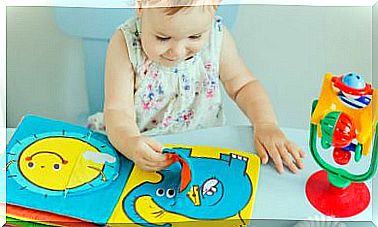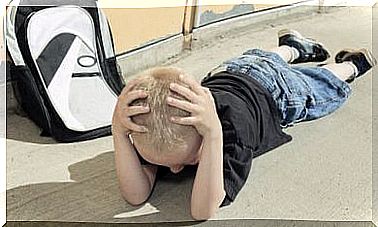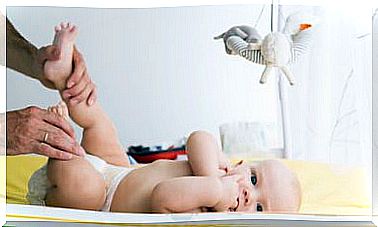Stimulate Language Through Games

Games become an authentic tool, both recreational and educational, when they are capable of stimulating certain areas in the development of the youngest, as would be the case of language. For this reason, below, we will show you how language can be stimulated through games.
Language in the first years of life acquires a very important relevance. Why? Because it is when children begin to communicate with the environment and express themselves, and as a result they develop other capacities and abilities, such as socialization.
Stimulate language through games
The games that we present to stimulate language are aimed especially at the youngest (between 3 and 5 years old). However, they can be adapted to older children or include other elements and increase their level of complexity. You know, when it comes to educating, imagination to power!

I hear or I don’t hear
For this game we can use any toy that we have at home; yes, it must be a toy that contains pieces to insert, for example, beach rings, a tic-tac-toe, a piggy bank …
Our son must place a token, piece or object in his ear and, when he hears that we make a noise, of course, without seeing us, he must insert the object in question in its slot. It is a good game to work on two aspects of language: auditory information processing and auditory attention. Ideal for children under 3 years old.
I want I want
Another idea (more than a game is an action) to stimulate the language of the little ones is a task as simple as the following: every time you want something, you have to choose between two or more options. For example: “Do you want a yogurt or a glass of milk?” In this way, we “force” him to communicate and point or even make sounds or words if he is already speaking.
We can include this habit in our daily communication with him or add toys or small treats when he keeps his active attention towards us. In this sense, attention is a cognitive capacity that allows the construction of many other skills, such as language.
Let’s imitate!
The imitation of symbolic roles is a strategy that can help the little ones to acquire manipulative skills. In addition, it allows them to continue learning about the world through the game between the real and the imaginary.
In this case, it will be about asking the child to imitate certain actions, such as talking on the phone, eating, etc., and we, as parents, have to guess them. Then the roles can be reversed: let him guess what we are doing. It can include the use of objects related to the action in question.
I see I see
A classic that will help us to stimulate the language of the little ones. It consists of selecting an object from the environment (without saying it) and having our child guess it through questions such as: “Is it blue? it can be eaten?; is big?”.
Then we can change the roles and it must be him who imagines and we who have to guess. It is a simple game that allows you to work on attention, stimulation and oral language, among others.
The suitcase game, one of the best games to stimulate language
Another fun game to stimulate the language is this suitcase, which will test the memory and attention of the little ones. It is a cumulative turn-based game in which we must remember what others have said before us. Ideal to play in groups of 4 or 5 people.
For example, one begins by saying “ In the suitcase I keep some socks ” , and the next one has to say that same phrase, but adding something else: ” In the suitcase I keep some socks and a cap ” , and so on.
Look at me
In this case, more than a game, we bring an action that can help stimulate the attention of the little ones above all. It consists of capturing the child’s attention by looking for his eye contact in any action. For example, we can say “E This is a tambourine, look at me how I play it ”.
We can even make it a game with very young children. How? We will select your favorite toy that has sound. We will sit in front of him to facilitate eye contact.

Afterwards, we will put the toy close to his face (at eye level) and we will show it to him in a fun and surprising way: “ Look what a nice toy! ” . When the child looks at us, we reinforce him with kisses, praise or something he likes.
Magic pompero, another game to stimulate language
This is a variant of the previous game; in this case, we will use a pompero (utensil that makes soap bubbles). We will follow the same steps as in the previous case and we will capture your attention. The moment he looks into our eyes, we will blow, if not, no.
It is a game that amuses them a lot. In addition, we can include music and add variations, such as blowing only when the music stops playing.
In short, there are multiple ways to stimulate the language of the little ones through play: with mimicry, objects and toys, sounds, music … Other tools can also be used, such as stuffed animals, drawings, various actions …
Through these types of activities we can work with the smallest different aspects of their language: comprehension, expression, verbal and non-verbal language, etc. The important thing will be to adapt to their evolutionary moment and their interests and, above all, to enjoy a fun time with the family! Playing and learning are perfectly compatible actions and they feed back to each other.










